The neighborhood is always surrounded by an aura of privacy that the soul often longs to penetrate to uncover its secrets. Tales of Our Neighborhood brings the reader closer to the neighborhood, penetrating its privacy and becoming one of its members. They live with and interact with the characters, getting to know Umm Abdu, the most powerful woman in the neighborhood, and Ihsan, the miniature version of her mother, and Sabri, the polite, intelligent-eyed cousin, and Saluma, the first martyr from the neighborhood, and Ali, and Ali… The reader then goes to the square with the boys of the neighborhood, to the house of Al-Qayrawani, to the book, and to and to… A fantasy roams the neighborhood, delighting the soul and the eye with the sight of the images of its stories that flow smoothly from the screen of Naguib Mahfouz’s pages.
Tales of Our Neighborhood
د.ا6.00
A social novel that tells stories of daily life in a working-class neighborhood in Cairo, shedding light on the contradictions of people and their struggles with reality.
Available on backorder
| Categories: | Literature, Novels, stories, World literature |
|---|---|
| Tags: | literature, Novels, Sociology, thought |
| Author | |
|---|---|
| Year | |
| Publisher | Diwan Publishing |
You may also like…
-
Between Two Palaces
د.ا12.00Between Two Palaces depicts the transformations of Egyptian society through the lives of the Abdel Gawad family, amidst the strict traditions and political upheavals of the 1920s.
-
One Thousand and One Nights
د.ا10.00It is a literary work that presents tales inspired by Arab heritage, reflecting the lives of the characters in a world of myth and fantasy.
-
The Journey of Ibn Fatouma
د.ا6.00A symbolic novel that explores a philosophical quest for the ideal city, reflecting reflections on civilizations, humanity, and values.
-
The Epic of the Harafish
د.ا13.00Across successive generations, the novel explores the struggle between good and evil, justice and injustice, in a working-class neighborhood, as a symbol of human life and destiny.
Related products
-
The Forty Rules of Love
د.ا10.65is a novel written by the Turkish author Elif Shafak,[1][2][3] Her interest in writing this book was influenced by the degree she received in Gender and Women’s Studies.[4] The book was published in March 2009.[5] It is about the Persian mystic poet Maulana Jalal-Ud-Din, known as Rumi and his companion Shams Tabrizi.[6][7] This book explains how Shams transformed a scholar into a Sufi (mystic) through love.[8] More than 750,000 copies of this book were sold in Turkey and France
د.ا12.78 -
A world that is not ours
د.ا2.13Ghassan Kanafani is a Palestinian novelist, storyteller, and journalist, and is considered one of the most famous Arab writers and journalists in the twentieth century. His literary works, including novels and short stories, were deeply rooted in Arab and Palestinian culture
د.ا3.55 -
Prisoner of Heaven
د.ا7.10After the shadow of the wind and the angel game, I ended my strange meeting with Carlos Zafon in the third part of the Tomb of Forgotten Books series in this piece that I read while trying to understand what was going on in his head, which wanted the prisoner of heaven to tell us the dark nights of Barcelona from the window of its prisons, that prison that embraced Martin for a long time and through which he excelled in writing The Game of the Angel, which was the hero of that novel David Martin and Isabella, and we got to know their end, which was not confirmed by the lines. The writer also explains that what we can consider a coincidence with us may be wisely studied and what we interact with with all honesty may be fake and obsolete as the first boot, the past is just images stuck in our heads and just a glance of it returns to expose itself, and opens new cracks in our hearts, pushing you to search and explore what the truth is and to what extent it can comfort you or in any proportion that may make you a wreckage between the legs, yet the search for it is The way of salvation,
د.ا8.52 -
My journey from doubt to faith
د.ا2.13I refused to worship God because I was immersed in worshipping myself and admired the flash of light that began to flash in my mind with the opening of consciousness and the beginning of the awakening from the cradle of childhood.
This psychological state was behind the controversial scene that recurs every day. I also missed the origins of logic and I am dealing with logic and I did not realize that I am contradicting myself as I recognize the Creator and then say who created the Creator and make him a creature at the time when I call him a creator, which is sophistry itself.
Moreover, to say a first cause of existence requires that this cause must exist in itself and not dependent or need others to exist. If a cause needs a cause, this makes it one of the causal links and does not make it a first cause.د.ا3.55 -
Palestinian resistance literature under occupation
د.ا3.55Ghassan Kanafani is a Palestinian novelist, storyteller, and journalist, and is considered one of the most famous Arab writers and journalists in the twentieth century. His literary works, including novels and short stories, were deeply rooted in Arab and Palestinian culture
د.ا4.97 -
In Zionist literature
د.ا3.55Ghassan Kanafani is a Palestinian novelist, storyteller, and journalist, and is considered one of the most famous Arab writers and journalists in the twentieth century. His literary works, including novels and short stories, were deeply rooted in Arab and Palestinian culture
د.ا4.97 -
The blind and the deaf
د.ا2.13Ghassan Kanafani is a Palestinian novelist, storyteller, and journalist, and is considered one of the most famous Arab writers and journalists in the twentieth century. His literary works, including novels and short stories, were deeply rooted in Arab and Palestinian culture
د.ا3.55 -
What’s left is yours
د.ا2.13Ghassan Kanafani is a Palestinian novelist, storyteller, and journalist, and is considered one of the most famous Arab writers and journalists in the twentieth century. His literary works, including novels and short stories, were deeply rooted in Arab and Palestinian culture
د.ا3.55
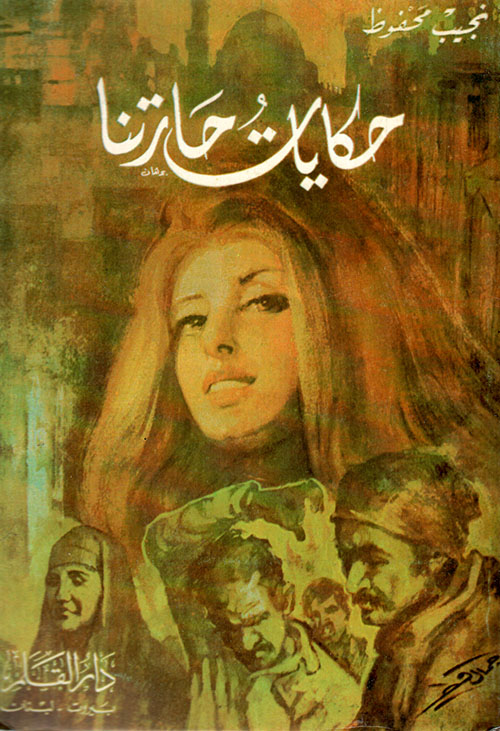
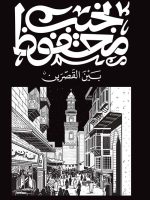
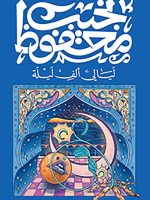
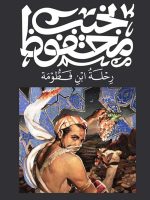
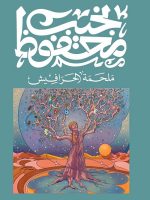
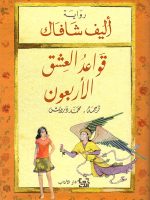
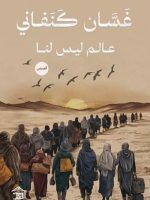

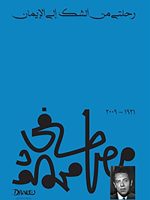



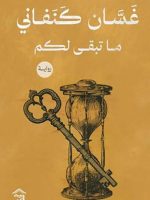
Be the first to review “Tales of Our Neighborhood”